I’ve been blogging about the book series Age of Conversation, and its affiliated Social Media Bum Rushes for charity, since the first one in 2008. I’m proud to have a chapter in their latest volume, Age Of Conversation III: Time To Get Busy. Within its pages I’m in extremely good company, with 170 other social media pros. My very brief chapter (really a micro-chapter, with a lower word count than most of my blog posts) is on social media analytics.
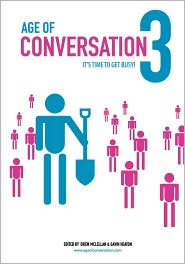 I am pleased to announce that we’re staging another Bum Rush today, on Blog Action Day.
I am pleased to announce that we’re staging another Bum Rush today, on Blog Action Day.
Each year any blogger who wishes to participate in Blog Action Day writes on the same theme. This year’s theme is water. So let me tell you about Charity Water. It’s a nonprofit organization that brings safe and clean drinking water to developing nations.
Now, every sale of Age Of Conversation III: Time To Get Busy goes to support Charity Water and help developing nations get clean, safe drinking water.
How cool is that? Please join our bum rush. You’ll learn more about the power of social media, and become part of the solution to one of the world’s toughest health challenges.
How do you join the Bum Rush? Generate more sales of book at Amazon.com. Purchase it yourself and encourage others to as well. If you work for an organization that hands out Christmas gifts, get them to pop for multiple copies. They make great gifts!
One caveat: Please only purchase 1 copy at a time because Amazon.com counts bulk orders as one.
You can buy the Kindle version here (it’s the Charity Water affiliate link). You can get the paperback version here and the hardback version here (the other two Charity Water affiliate links). What else can you do? Here are seven ideas:
- Register for Blog Action Day.
- Blog about Blog Action Day and mention Age Of Conversation: Time To Get Busy. Use the same affiliate links that are in this post so that Charity Water can get its contribution.
- Join the conversation on Twitter. Use hashtags #aoc3 and #BAD10 for your comments about the book.
- Trackback or comment on today’s post about the Bum Rush at http://ageofconversation.com.
- Digg, Stumble and bookmark on Delicious.com all the posts you see about the event, including yours.
- Become a Facebook fan of Age of Conversation 3 (“AoC3“) and interact with us on Facebook.
- Send an e-mail to all your friends and get them involved too.
If we all band together and work for a common cause, we can make a difference. Join us in the bum rush on October 15, 2010 and help us raise money for Charity Water.

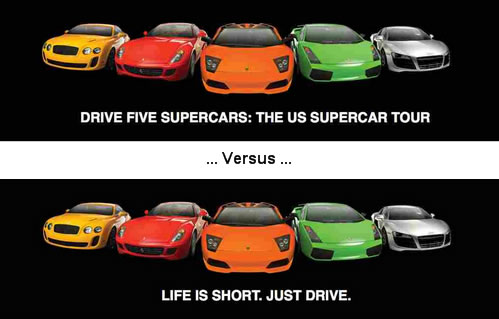
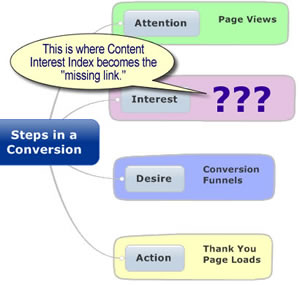
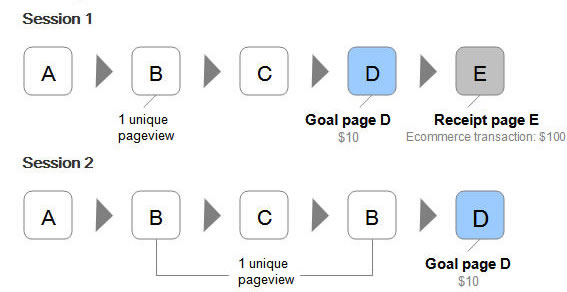
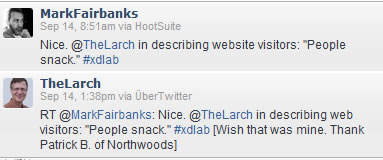 But as I mentioned in my post on Jason’s blog site, and yesterday, at a
But as I mentioned in my post on Jason’s blog site, and yesterday, at a